2024 loyalty trends
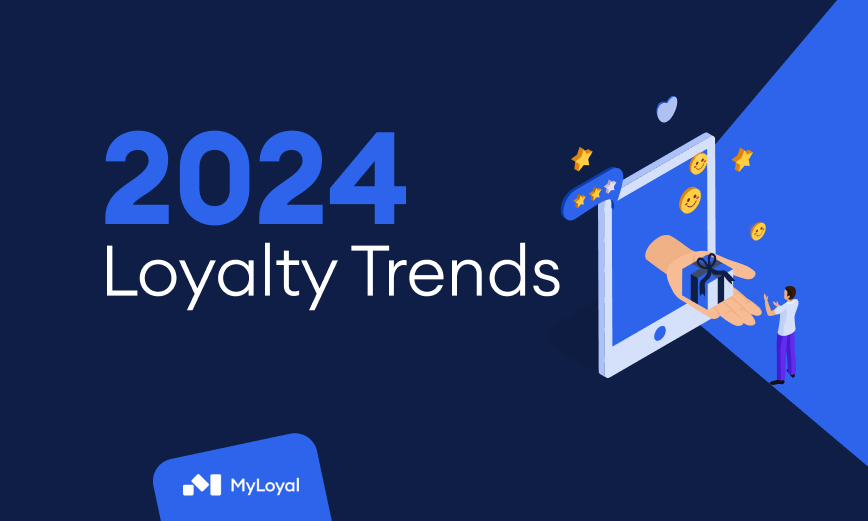
2024 Loyalty Trends In 2024, businesses will persist in refining customer experiences through innovative loyalty programs tailored to individual preferences. With a growing emphasis on consumer behavior, a deeper understanding of the customer journey and the use of new technologies, companies aim to craft more engaging and personalized offerings within loyalty. Here are the loyalty trends in 2024 which is driving this transformation: #1 Customize Rewards Tailoring rewards to suit individual customers and specific groups is crucial for boosting the effectiveness of loyalty programs. Moving away from the traditional ‘one-size-fits-all’ model is essential to staying relevant in this changing landscape. Consumers are fatigued with the generic approach, and it’s no longer an effective method for marketing communication. #2 Authentic Community Building In today’s world, consumers expect to be rewarded for their loyalty. Brands are emphasizing the establishment of genuine communities and extending their reach beyond simple coupon offerings. Their focus is on nurturing authentic connections and facilitating meaningful interactions. By fostering a sense of belonging and shared values, businesses can deepen customer loyalty beyond transactional relationships. #3 Gamification Implementing game-like features such as points, badges, and leaderboards is imperative in creating more captivating and enjoyable loyalty programs for customers. Gamification not only enhances engagement but also encourages ongoing participation and loyalty by making the experience more interactive and rewarding. #4 AI-Powered Personalization Businesses need to leverage data and technology to gain a profound understanding of their customers’ needs and preferences. By using Artificial Intelligence (AI) for personalization, companies can predict customer behavior patterns and, consequently, deliver highly tailored and relevant experiences for their customers. This not only enhances customer experiences but also streamlines marketing efforts, making it less time-consuming for businesses to drive valuable marketing strategies and boost sales effectively. #5 Value in Rewards, Not Discounts Focusing on incentivizing customers with rewards rather than discounts. Regardless of size, rewards and perks hold greater significance than discounts, as they signal to customers how much they’re valued. Feeling inspired? Join our loyalty community today consisting of many top rated brands and unlock exclusive benefits! Like what you have read? Sign up to our newsletter By entering your email address, you consent to our Privacy Policy We can help your business to grow Book A Demo
Black Friday Loyalty Success: Turning One-Time Shoppers Into Long-Term Loyal Customers
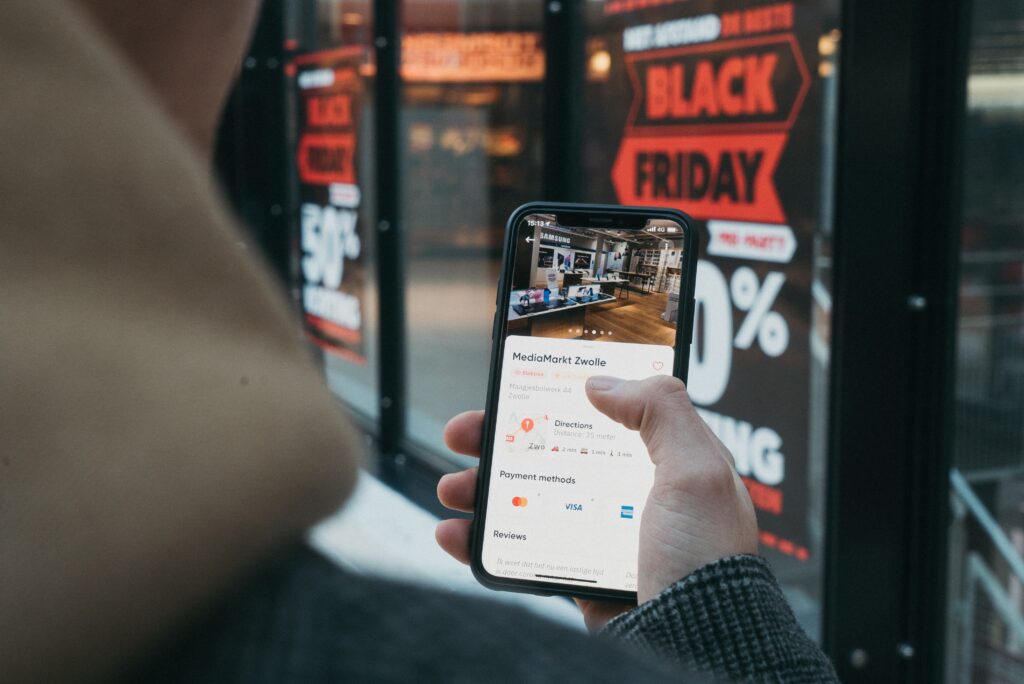
Black Friday Loyalty Success: Turning One-Time Shoppers Into Long-Term Loyal Customers Ready, set, shop! As Black Friday approaches, many businesses are once again competing for the shopper’s attention, every one striving to be the “best-sales-you-can-find brand.” Sure, finding great sales deals from time to time is fun. It’s an exhilarating rush, a momentary thrill. But is it enough to leave a lasting mark, making shoppers want to return even after the sales have ended? Customers return to brands they trust. And trust, my friends, is the magic ingredient for fostering long-term brand loyalty. But it’s easier said than done – with so many shopping options today, maintaining loyalty feels more difficult than ever. But fear not! What makes people loyal has not changed. It’s like any relationship: 1. Be Consistent Consistency is the foundation of creating a trustworthy brand. It’s more than just aligning visual elements like logos or colours; it’s about the tone, messaging, and overall experience you provide. When customers know what to expect from your brand, whether exceptional service or high-quality products, it builds a sense of reliability and comfort. In a highly competitive market, consistency is crucial for strengthening your brand identity and creating an emotional connection, making customers feel familiar and confident in choosing your brand over others. 2. Be a Good Listener, Like Really Good Listening pays off (literally speaking in a business context). But it’s not just about hearing customer feedback – it’s about actively understanding their needs, desires, and pain points. Using surveys, interacting on social media, or having one-on-one conversations helps you understand your customers on a much deeper level. Customers feel valued when you respond fast, acknowledge feedback, and incorporate suggestions. And happy customers equals stronger customer loyalty and business success. 3. Adapting to Their Changing Needs Nothing really stays the same in this world. And that could not be more true than when it comes to customer needs and preferences, which change constantly. Adapting to these changes shows your commitment to serving them better. It involves staying updated with market trends, technology, and changes in consumer behaviour. Flexibility and agility in adjusting your products, services, or strategies to align with these evolving needs showcase your dedication to meeting and exceeding expectations. By staying relevant and responsive, you stay ahead in the game and retain customer loyalty. 4. Be Trustworthy To make any relationship last, you need that one main ingredient – trust. Building trust requires transparency, reliability, and integrity. This means owning up to mistakes, consistently delivering promises, and safely handling customer data. Building trust, much like Rome, does not happen overnight. Trust is fragile, and it will be a gradual process. Yet, it remains essential in securing loyalty. When customers place trust in your brand, they’re more willing to stay loyal, even amid intense competition from other brands. Loyalty Program: A Digital Companion A well-crafted loyalty program can further strengthen the trust customers have in your brand. Imagine offering your customers exclusive bonuses, personalised rewards, and discounts on more occasions. It’s a powerful gesture to show appreciation for their ongoing support. And it’s more than increasing transactions – it’s about creating a feeling of belonging within a loyal customer community. Conclusion Black Friday is more than just a good bargain, it’s an incredible chance to build loyal customer relationships and strengthen your brand’s community. It’s about creating a shopping experience that echoes long after the sale tags vanish. Read about our loyalty solutions here. Like what you have read? Sign up to our newsletter By entering your email address, you consent to our Privacy Policy We can help your business to grow Book A Demo
Unlocking the Power of Customer Data: Your Path to Business Success
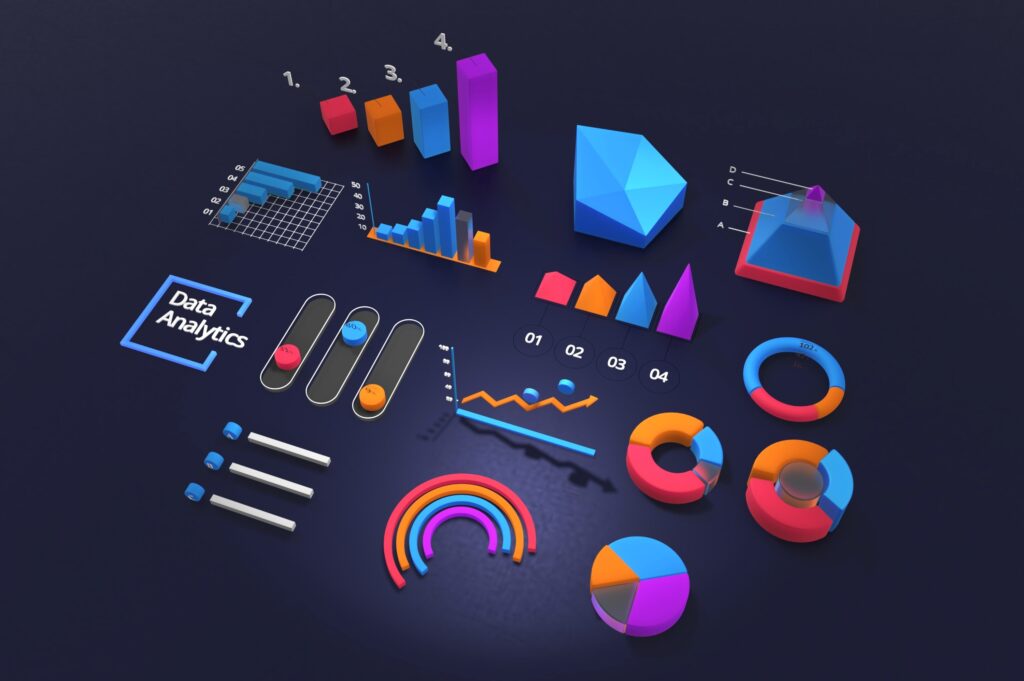
Unlocking the Power of Customer Data: Your Path to Business Success Data is surrounding us everywhere we go these days. It’s like our invisible co-pilot that guides our digital lives, often sneaking just around the corner, ready to surprise, delight, or even predict our every move. It’s both cool and, dare we say, a bit spooky? Yet, one thing is undeniable – data, and especially customer data, is key to business growth and success. But even though many know that data is important, it doesn’t necessarily mean they understand how to use it right. For any type of business, small or big, data is useless until it’s analysed in the right way. Harnessing the potential of data requires not just collecting it but also decoding its hidden insights to make informed decisions. What About Customer Data? Analysing customer data is about understanding customers’ wants, needs, and pain points. With data by your side, you can extract valuable insights and generate smarter business decisions. Knowing your customers at this level empowers you to enhance their experience, gain a competitive advantage, and form strong loyal customer relationships. As existing customers become more loyal, they also become the most vocal advocates of your brand. A Loyal Customer Costs Less Than a New One Acquiring new customers is like searching for a needle in a haystack—expensive, time-consuming, and often uncertain. Studies have shown it can cost up to 5 to 7 times more to acquire a new customer than to retain an existing one. This highlights the importance of nurturing existing customers and turning them into loyal customers. Digging Out the Data There are several ways you can go about collecting data about your customers. But let’s start with the goldmine of customer data – Loyalty Programs. There is more to it than just collecting points and getting rewards, Loyalty Programs can provide you with a vast amount of data and help you unravel the mysteries of your customer like never before. 12 Gems Loyalty Programs Reveal About Your Customers 1. Customer Demographics: Know who your customer is: customers’ age, gender, location preferences, and other demographic information. This helps in segmenting your customer base and tailoring marketing efforts and can only be obtained through loyalty first-party data 2. Purchase History: Understand what customers buy, when they make purchases, and how much they spend. This data is crucial for understanding product preferences and spending patterns. 3. Transaction Frequency: Measure how often customers make purchases or engage with your business. This data can help identify your most loyal and engaged customers. 4. Reward Redemption: Monitor which rewards customers are redeeming and how frequently. This data provides insights into the effectiveness of your loyalty program. 5. Customer Interactions: Keep track of customer interactions with your loyalty program, including app or website usage, interactions with rewards, and feedback submissions. 6. Engagement Levels: Analyse the frequency and depth of customer engagement. Determine how often customers check their points, visit your store, or interact with your brand on social media. 7. Feedback and Reviews: Capture customer feedback and reviews submitted through the loyalty program or other channels. Analyse this data to make improvements and respond to customer concerns. 8. Customer Communication Preferences: Gather data on how customers prefer to be contacted (email, SMS, app notifications). This ensures that your communication is well-received. 9. Customer Lifetime Value (CLV): Calculate the CLV of individual customers to identify those who provide the most long-term value to your business. 10. Churn Prediction: Use data to predict which customers are at risk of churning (stopping engagement). This allows you to take proactive measures to retain them. 11. Customer Retention: Understand when customers are about to leave or have not used the service for a while. 12. Communication Time: Understand when to send communication to get the best ROI on your campaigns. No more paid advertising, as you have direct access to your customers. Conclusion Analyzing customer data is not only about collecting information – it’s about understanding the deepest wants, needs, and pain points of your customers. With data as your ally, you gain the power to extract invaluable insights, shaping smarter and more informed decisions. This knowledge empowers you to enhance the customer experience, gain a competitive edge, and foster strong customer loyalty. In the world of business, loyal customers aren’t just assets, they become the heartbeat of your brand, embodying the essence of trust, reliability, and shared values. Learn more about MyLoyals’ customer analytic solution here: Like what you have read? Sign up to our newsletter By entering your email address, you consent to our Privacy Policy We can help your business to grow Book A Demo
Play to stay: Gamifications’ Role in Loyalty Programs
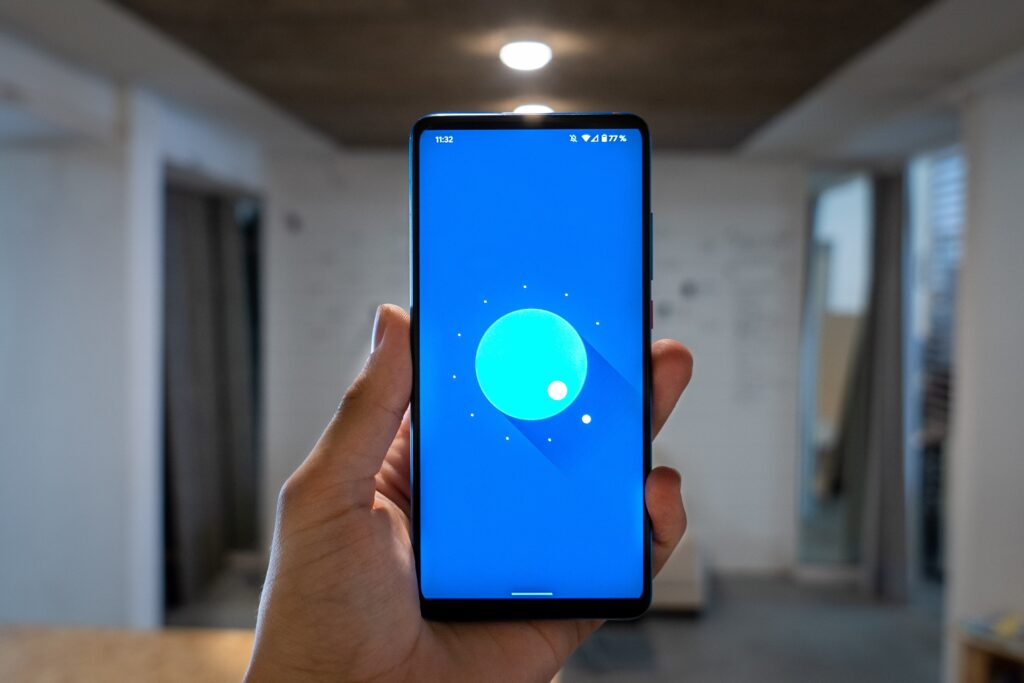
Play to Stay: Gamification’s Role in Loyalty Programs We live in a highly competitive digital world, making it more challenging than ever to stand out. That is why building strong customer loyalty and engagement is more important than ever. Businesses should continually explore ways to keep their customers engaged and attract them to return for more. And one effective strategy for achieving this is through gamification. The number of loyalty programs increased significantly in the last few years, but only exceptional loyalty programs empower gamification as a way to engage with their best customers. Let’s first define what gamification actually is. What is Gamification Gamification is the incorporation of game-inspired design and mechanics into a non-game environment, creating a fun and engaging experience for users. This can be accomplished by adding features such as challenges, badges, levels, rewards, and achievements. When applied to loyalty apps, gamification can transform, for example, a retail store visit into an exciting experience that customers look forward to doing again. Elements of Gamification in Loyalty Programs Different elements can be used in loyalty programs to engage customers and encourage their continued participation. Here’s a breakdown of a few key gamification elements commonly used in loyalty programs: Points: Definition: Points are a fundamental gamification element where customers earn a specific number of points for completing certain actions or making purchases. These points accumulate over time and can be redeemed for rewards or discounts. Purpose: Points serve as a measure of progress and achievement, motivating customers to engage with the loyalty program to earn more points. Badges: Definition: Badges are visual icons or symbols awarded to customers for specific achievements or milestones within the loyalty program. These achievements can include things like making a certain number of purchases, referring friends, or reaching a particular tier. Purpose: Badges provide recognition and a sense of accomplishment for customers, promoting a feeling of belonging to an exclusive group and encouraging continued participation. Tier Levels: Definition: Loyalty programs often have tiered structures with different membership levels (e.g., Silver, Gold, Platinum). Customers progress through these levels by meeting specific criteria, such as making more purchases or spending more money. Purpose: Tier levels create a sense of progression and status. Customers strive to reach higher tiers to unlock more exclusive rewards and benefits. Rewards and Prizes: Definition: Rewards are tangible benefits that customers can receive by accumulating points or achievements. These can include discounts, free products, gift cards, or exclusive experiences. Purpose: Rewards serve as the ultimate incentive for participating in the loyalty program. They make the program valuable and encourage customers to continue their engagement. Notifications and Feedback: Definition: Regular notifications and feedback, such as congratulatory messages for reaching a new level or reminders about upcoming challenges, keep customers informed and engaged. Purpose: These elements keep customers informed and engaged in the program. They also provide positive reinforcement and encouragement. The Benefits of Gamification The fundamentals of gamification in loyalty apps revolve around rewards and achievements. From a biological perspective, rewards trigger the release of dopamine in our brains, leading to the feeling of satisfaction and motivation. Gamification links certain behaviours to reward systems, making it a powerful tool for capturing attention and powering motivation. Rewards also provide customers with a sense of accomplishment and exclusivity, motivating them to reach higher levels within the reward system. Additionally, the anticipation of rewards can boost repeat visits and purchases, strengthening the bond between the customer and the business. The Cost of Ignoring Gamification in Loyalty Programs Low loyalty program engagement can lead to missed opportunities. Firstly, it can become problematic to capture and maintain customers’ attention in today’s fast-paced digital world. Without the engagement, excitement, and motivation that gamification provides, customers may view loyalty programs as dull and uninteresting, leading to disengagement and a decline in user activity. Secondly, the absence of gamification can result in a lack of data and insights into customer behaviour and preferences. Gamified systems often collect valuable data on user interactions and preferences, which can help to make strategic decisions. Lastly, businesses may lose the competitive advantage that gamification offers. In a world where customers have numerous options, gamification can set a brand apart by creating a memorable and enjoyable customer experience. Thus, excluding gamification strategies could potentially mean losing not only customers but also valuable insights and competitive advantages in the market. Future Trends in Gamification and Loyalty Programs As the business landscape continues to evolve, so do the strategies used in customer engagement and loyalty programs. Here are some exciting emerging trends and technologies in gamification and loyalty programs to keep an eye on: Augmented Reality (AR) and Virtual Reality (VR), Predictive Analytics, Sustainability Initiatives, Voice and Conversational Interfaces and more. Keep an eye on our blog to follow up on these! Conclusion In today’s highly competitive digital world, customer loyalty is essential for business success. Gamification has emerged as an important strategy to achieve this goal. By implementing elements of fun, rewards, and achievements into loyalty apps, businesses can create engaging customer experiences. Gamification captures attention, motivates action, and strengthens customer loyalty while providing valuable insights into customer behaviour. In the absence of gamification, businesses risk falling behind, missing out on growth opportunities, and losing competitive advantage. Integrating gamification into loyalty programs is an important loyalty strategy for businesses aiming to thrive in the digital marketplace. Like what you have read? Sign up to our newsletter By entering your email address, you consent to our Privacy Policy We can help your business to grow Book A Demo
Understanding White-Label Loyalty App: A Feature-Rich Solution for Your Brand
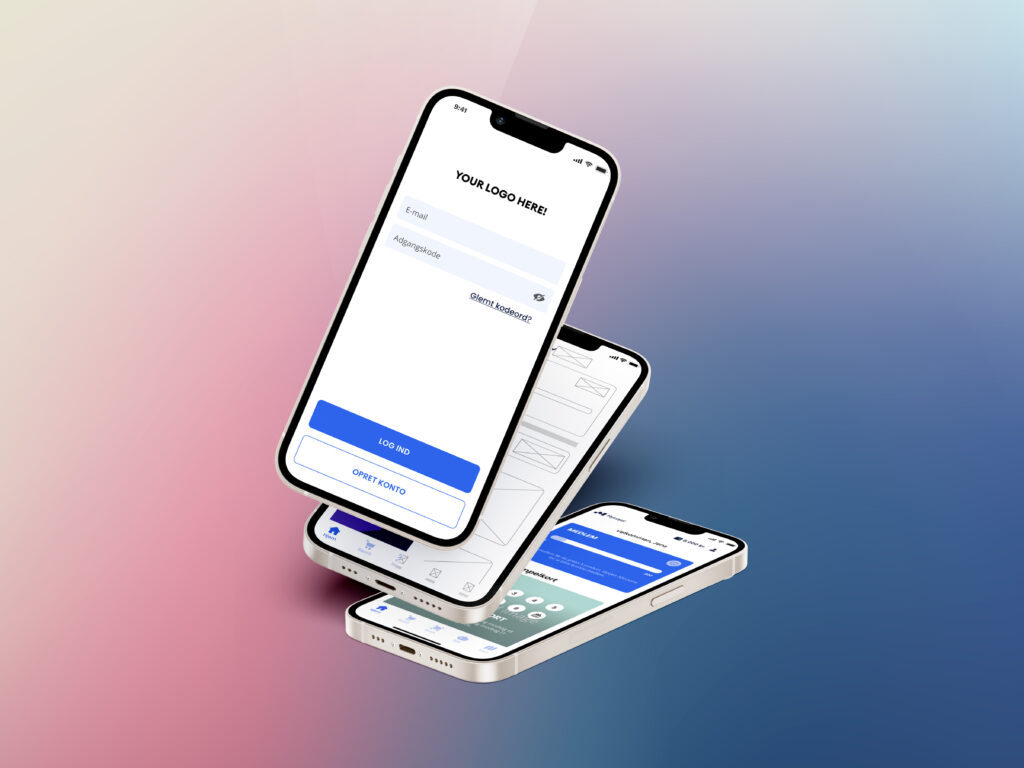
Understanding White-Label Loyalty App: A Feature-Rich Solution for Your Brand By opting for a white-label loyalty app, companies can streamline management efforts, save time and resources, and, most importantly, create a loyal customer base that will fuel their growth for years to come. In today’s competitive business landscape, establishing brand loyalty has become vital for sustainable growth and success. One powerful tool that has gained significant popularity among businesses is the white-label loyalty app. This innovative solution allows companies to have a customised mobile app for their loyalty program without the need for in-house IT resources. In this blog post, we’ll explore the concept of white-label loyalty apps and why they are becoming the go-to choice for brands seeking to enhance customer engagement and loyalty. What is a White-Label Loyalty App? A white-label mobile loyalty app is a turnkey solution that empowers businesses to have a branded mobile application for their loyalty program in a short time. The term “white label” refers to the app’s ability to be customised with the brand’s logo, colours, and overall design to seamlessly integrate with the company’s existing identity. But what are the benefits vs. traditional in-house build way? 1. No IT Needed: Streamlining Management Efforts One of the most significant advantages of a white-label mobile loyalty app is that it eliminates the need for in-house IT expertise. The app provider takes care of the technical aspects, ensuring that the app is constantly up-to-date with the latest features and improvements. This allows businesses to focus on their core competencies while having confidence in a reliable and efficient loyalty program. 2. Rapid Deployment in Weeks, Not Months Traditionally, developing a mobile app from scratch could be a time-consuming and resource-intensive process. However, white-label loyalty apps dramatically reduce the deployment timeline. Businesses can have their custom loyalty app up and running within weeks, enabling them to start engaging with customers more effectively in a short span. 3. Fully Customisable for Your Unique Needs Every business has unique requirements for its loyalty program. White-label loyalty apps offer a high degree of customisation, allowing companies to tailor the app to meet their specific needs. From designing personalised reward systems to crafting interactive customer experiences, the app can be tailored to align perfectly with the brand’s vision. 4. Feature-Rich Functionality White-label loyalty apps are equipped with a wide array of features to cater to diverse customer needs. Businesses can choose from core loyalty features such as point-based rewards, tiered loyalty programs, gamification elements, and much more. By selecting the most relevant features, companies can deliver a truly engaging and rewarding experience to their customers faster. And no need to build features from scratch yourself. 5. Hassle-Free Maintenance With a white-label mobile loyalty app, businesses no longer need to worry about app maintenance or downtime. The app provider handles all the updates, bug fixes, and improvements, ensuring a seamless user experience. This hands-off approach allows businesses to focus on nurturing customer relationships and enhancing loyalty, leaving the technical aspects to the experts. Conclusion White-label loyalty apps have revolutionised the way businesses engage with their customers, enabling them to build stronger brand loyalty and foster lasting relationships. By opting for a white-label loyalty app, companies can streamline management efforts, save time and resources, and, most importantly, create a loyal customer base that will fuel their growth for years to come. Want to learn more about MyLoyal loyalty app features click here: App features Like what you have read? Sign up to our newsletter By entering your email address, you consent to our Privacy Policy We can help your business to grow Book A Demo
Elevating App Engagement and Retention: The Power of Mobile Push Notifications
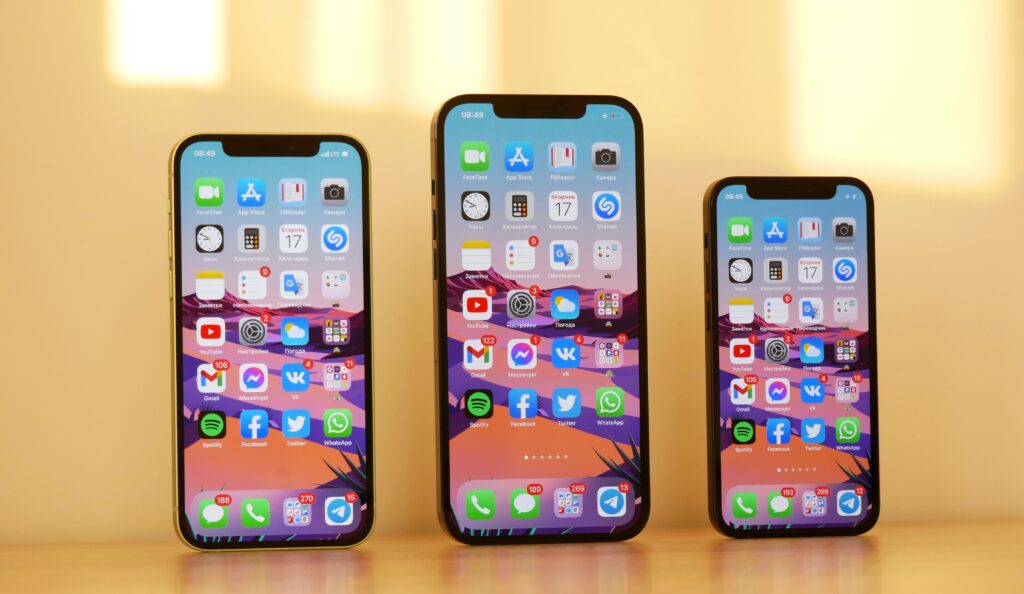
Elevating App Engagement and Retention: The Power of Mobile Push Notifications Mobile apps have seamlessly integrated into our daily routines in today’s digital landscape. However, with an overwhelming number of apps available, capturing and maintaining users’ attention can be a significant challenge. Fortunately, mobile push notifications offer a powerful solution to enhance app engagement and retention. In today’s digital landscape, mobile apps have seamlessly integrated into our daily routines. They have become our go-to companions, offering convenience, entertainment, and connection at our fingertips. With an overwhelming number of apps available, capturing and maintaining users’ attention can be a significant challenge. Fortunately, mobile push notifications offer a powerful solution to enhance app engagement and retention. These notifications act as direct communication channels, enabling app owners to reach their users instantly and effectively. In this blog post, we will delve into the world of mobile push notifications, exploring their potential to boost app engagement and retention. We will also share valuable tips for creating compelling push notifications that resonate with your users, fostering a deeper connection with your app. What are Mobile Push Notifications? Before diving into the benefits and strategies of using mobile push notifications, it’s essential to understand what they are. Mobile push notifications are short messages or alerts delivered directly to user’s mobile devices, even when they are not actively using the associated app. These notifications appear in the form of banners, pop-ups, or lock screen alerts, capturing users’ attention and prompting them to engage with the app. Mobile push notifications are permission-based, meaning that users must grant the app permission to send them notifications. This opt-in process ensures that users have control over the type and frequency of notifications they receive. By leveraging push notification technology, app owners can establish direct and real-time communication channels with their users, enabling them to deliver important information, updates, or promotions instantly. In summary, mobile push notifications are one of the best tools for engaging users by delivering concise, timely, and personalised messages directly to their mobile devices. They serve as a powerful tool for app owners to increase user engagement, boost retention, and foster a stronger connection between the app and its users. How Mobile Push Notifications Boost app Engagement and Retention Mobile push notifications offer a valuable opportunity to engage and retain users within your app ecosystem. By leveraging timely communication, personalized messages, and strategic techniques, app owners can create meaningful interactions that drive engagement, boost retention, and foster long-term loyalty. 1. Driving App Engagement through Timely Communication Mobile push notifications act as an immediate conduit between app owners and users, ensuring important information reaches its intended recipients promptly. Whether it’s announcing limited-time offers, sharing personalized recommendations, or notifying users about new features or updates, push notifications enable timely communication that grabs users’ attention and encourages them to take action within the app. 2. Nurturing App Retention with Personalised Messages Tailoring push notifications to individual user preferences and behaviors is a powerful strategy to boost app retention. By leveraging user data collected through the app, such as purchase history, browsing patterns, or preferences, app owners can craft highly personalized messages that resonate with each user. These messages can include personalized discounts, reminders about abandoned shopping carts, or notifications about relevant content, all aimed at fostering a sense of value and loyalty towards the app. 3. Leveraging Behavioural Triggers for Enhanced User Experience Behavioural triggers play a crucial role in delivering targeted and contextually relevant push notifications. By leveraging user behaviour data, such as app usage patterns, preferences, or location, app owners can send notifications that align with users’ specific needs and interests. Whether it’s reminding users about incomplete tasks, suggesting personalised recommendations based on past behaviour, or sending location-based offers, leveraging behavioural triggers adds a layer of personalisation that enhances the overall user experience. Best Practise: Crafting Compelling and Relevant Push Notifications Crafting compelling and relevant push notifications is an art that can significantly impact user engagement and retention. By following these valuable tips and best practices, you can create push notifications that captivate users, drive meaningful interactions, and maximize the impact of your communication. Concise and Compelling Copy: Keep your push notification messages concise, clear, and compelling. Use concise language to convey the main message and create a sense of urgency or curiosity. Grab users’ attention with a strong and engaging headline or a personalised message that resonates with their interests or past behaviour. Optimize Timing and Frequency: Timing is crucial when it comes to push notifications. Consider users’ preferences to determine the optimal timing for sending messages. Avoid sending notifications too frequently, as it may lead to user fatigue and opt-outs. Strike a balance by delivering notifications at the right moments when they are most likely to engage users. A recent survey by Localytics found that 37% of respondents would disable push notifications after receiving just two to five per week from a single app, so it’s critical to plan your mobile content wisely. Personalisation and Segmentation: Leverage user data and segmentation to personalise push notifications. Tailor messages based on users’ preferences, behaviours, and demographics. Create segments based on user profiles or specific actions within your app to deliver targeted notifications that are more relevant and meaningful to each user. By implementing these practices, you can create push notifications that cut through the noise, resonate with your users, and drive engagement. Remember to continuously analyze the performance of your notifications, gather feedback, and adapt your strategies to meet evolving user needs and preferences. Crafting compelling and relevant push notifications is an ongoing process that requires experimentation, monitoring, and refinement. With a thoughtful and strategic approach, you can harness the power of push notifications to keep users engaged, increase retention, and build stronger connections with your app users. Like what you have read? Sign up to our newsletter By entering your email address, you consent to our Privacy Policy We can help your business to grow Book A Demo
Guide: Points Loyalty Program
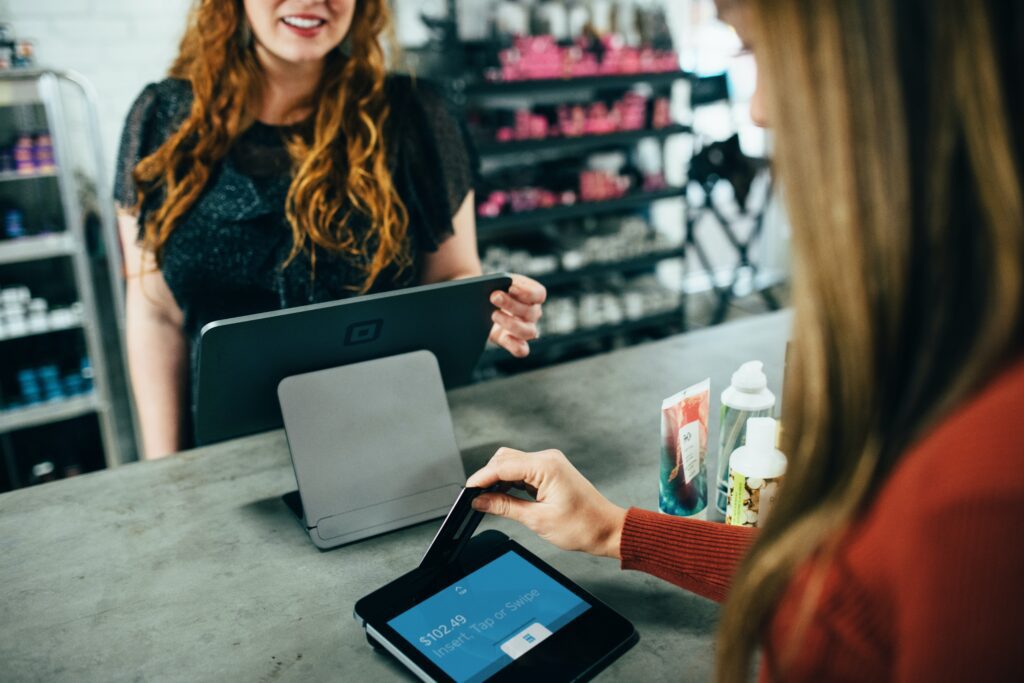
. In this article, we’ll take you on a journey through the world of points loyalty programs, from their definition and design strategies to the industries that swear by them. So, buckle up and get ready to unlock the secrets of loyalty rewards!